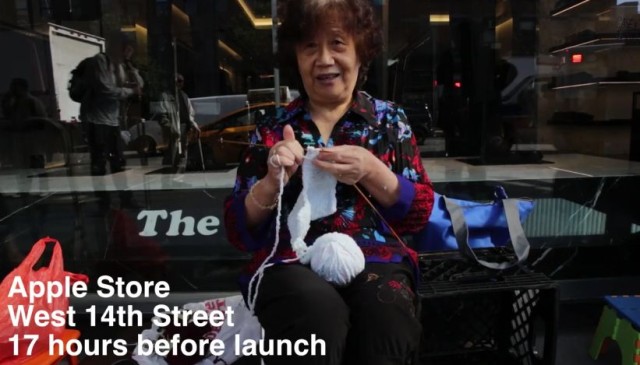”If the United Nations was fully funded why would we need the Arc or social enterprise?”

The United Nations is an international organization that focuses on large scale issues worldwide. These include: “maintaining international peace and security, promoting social progress, better living standards and human rights.” The actual work the UN specializes in include the following: “sustainable development, protection of the environment and refugees, disaster relief and mitigation, and counter terrorism.” Clearly, the UN aims to touch on a variety of big goals. But because the UN spans a world so big, I think it would be extremely difficult for the organization to narrow in on specific problems that certain individuals face. Obviously, one main UN goal is to eradicate poverty, which affects much of the population in Africa. This issue applies to a great multitude of people, so the UN desires to achieve this goal. The organization will try to eliminate poverty through a variety of methods. However, I do not believe that the UN can specifically focus on improving African businesses to fulfill their aim. That is where Arc and social enterprise come in.
The Arc, among other social enterprise groups, want to improve the economy by working within the community to “develop business management and leadership capacity.” By collaborating with entrepreneurs in Africa and other developing countries, Arc members can impart knowledge and help train the entrepreneurs to improve their business and address problems in the most efficient way. Fitih Tesfaye is a prime example of an entrepreneur that applied the suggestions she learned at an Arc workshop to her own business in Ethiopia. She now receives a higher income and is now above the poverty line. The UN cannot zero in on aspects such as these. Thus, the need for social enterprises to attend to developing businesses is crucial to further strengthen the economy and improve the lives of individuals.
I believe this situation can appropriately be compared to running a business. If you owned a large, growing company, you would not want to be the only person running the entire business. All your time would be divided and it would be impossible to solve all the issues the company faces in each department, say for example: marketing, finance, or operations. It would be wise to establish managers to supervise those departments so they can attend to their own issues and alleviate the load. The UN can be likened to that one owner. It would be impossible for that one body to look over every single global problem. But smaller initiatives such as the Arc can focus on the issues the UN cannot directly touch on. This divides out the total work and directly improves a certain issue that a majority of people face. The population’s needs can be solved quicker and in the long run, the efforts of the social enterprise groups will contribute to some of the UN’s ultimate goals.
References
Kroeker, Jeff. “In a Crowded Market, Entrepreneur Finds a Sweet Way to Stand out.” The Globe and Mail. The Globe and Mail Inc., 11 Apr. 2014. Web. 13 Nov. 2014. <http://www.theglobeandmail.com/report-on-business/small-business/sb-growth/going-global/in-a-crowded-market-ethiopian-entrepreneur-finds-a-sweet-way-to-stand-out/article17912688/>
“The Arc Initiative.” Sauder School of Business. UBC, 7 Oct. 2014. Web. 13 Nov. 2014. <http://www.sauder.ubc.ca/Global_Reach/ARC_Initiative>
“What We Do.” UN Careers. United Nations, n.d. Web. 13 Nov. 2014. <https://careers.un.org/lbw/home.aspx?viewtype=WWD>
Image
The Arc Initiative Logo. Digital image. Sauder School of Business. UBC, 7 Oct. 2014. Web. 12 Nov. 2014. <http://www.sauder.ubc.ca/Global_Reach/ARC_Initiative>
United Nations Logo. Digital image. Detroit Water Brigade. Detroit Water Brigade, 21 Oct. 2014. Web. 12 Nov. 2014. <http://detroitwaterbrigade.org/un-detroits-water-shut-offs-target-poor-vulnerable-african-americans/>












